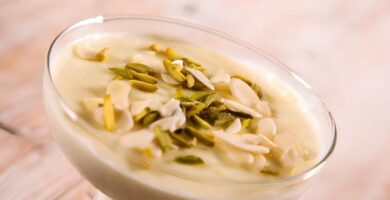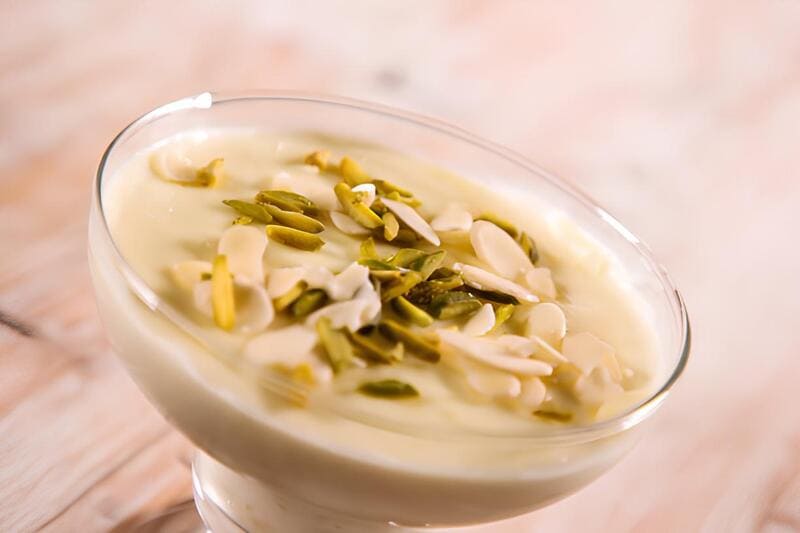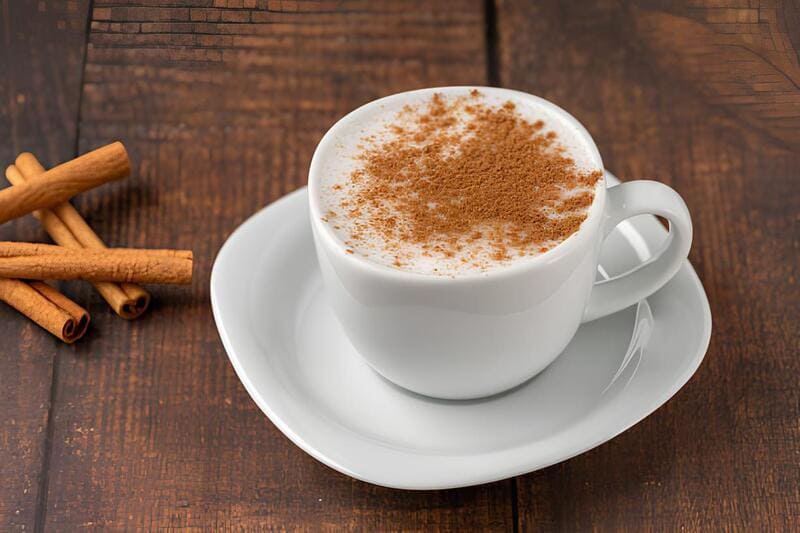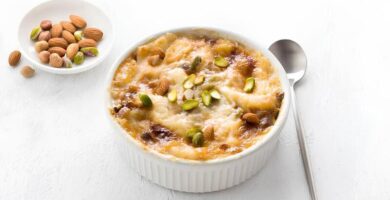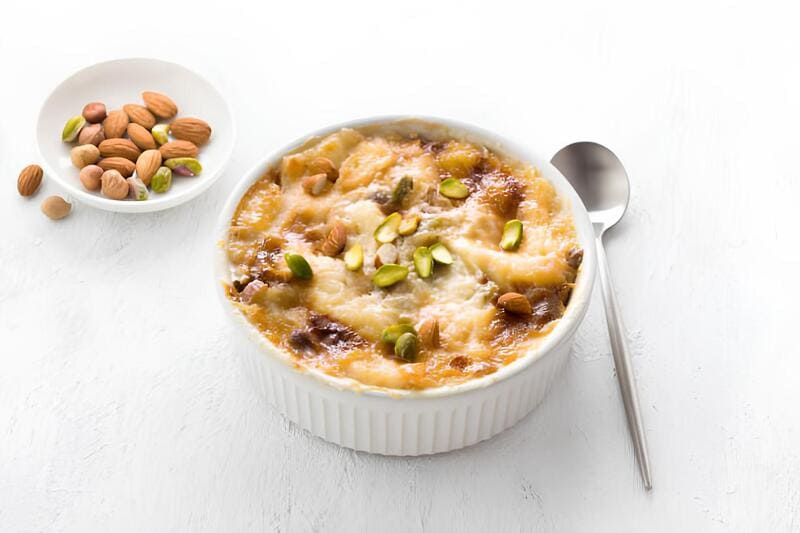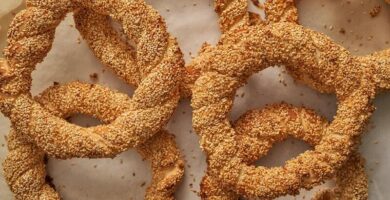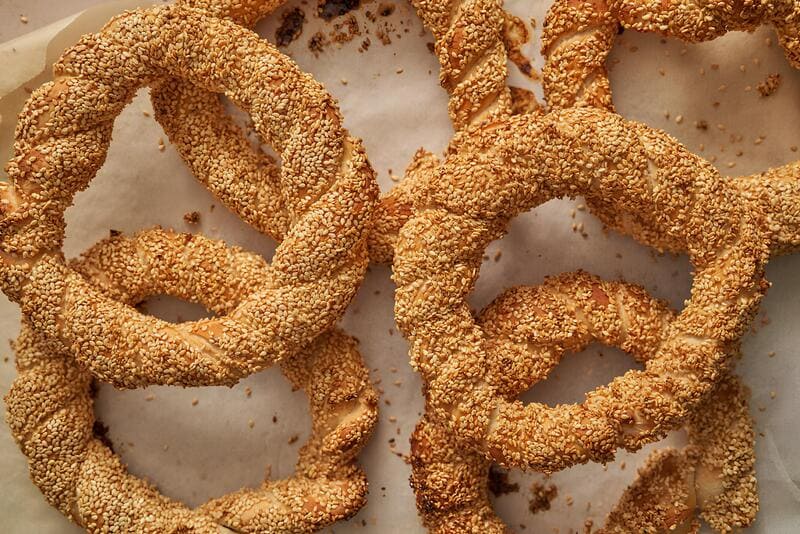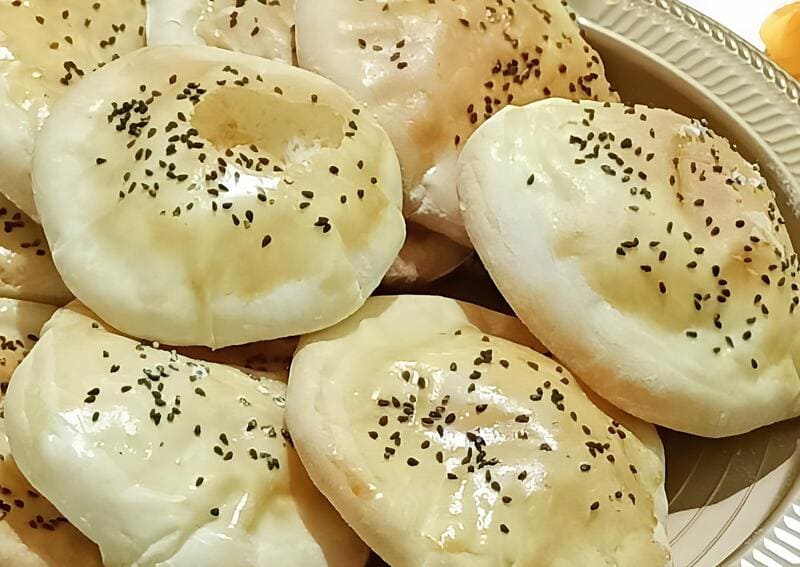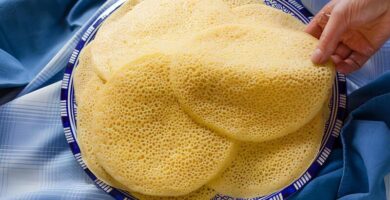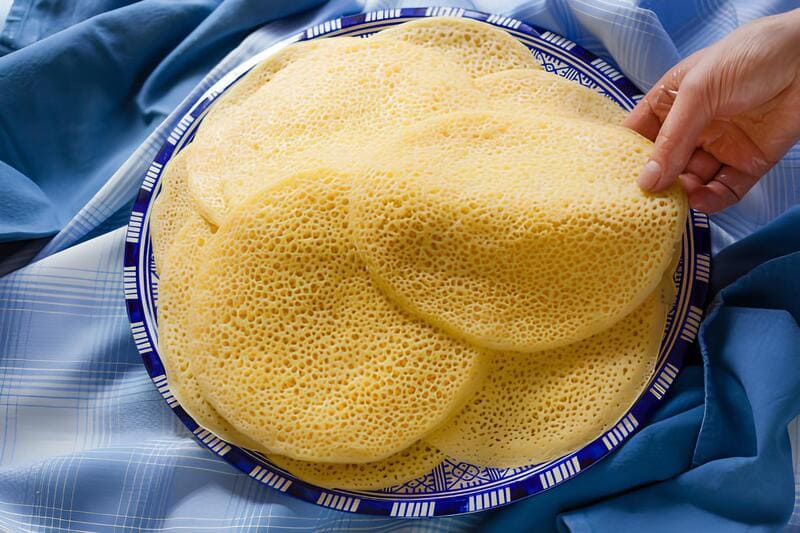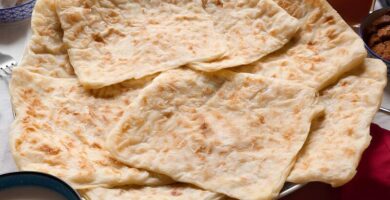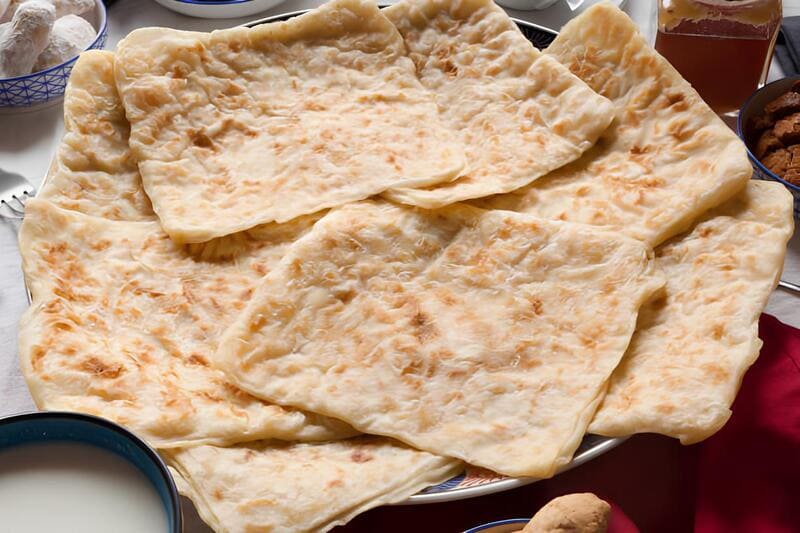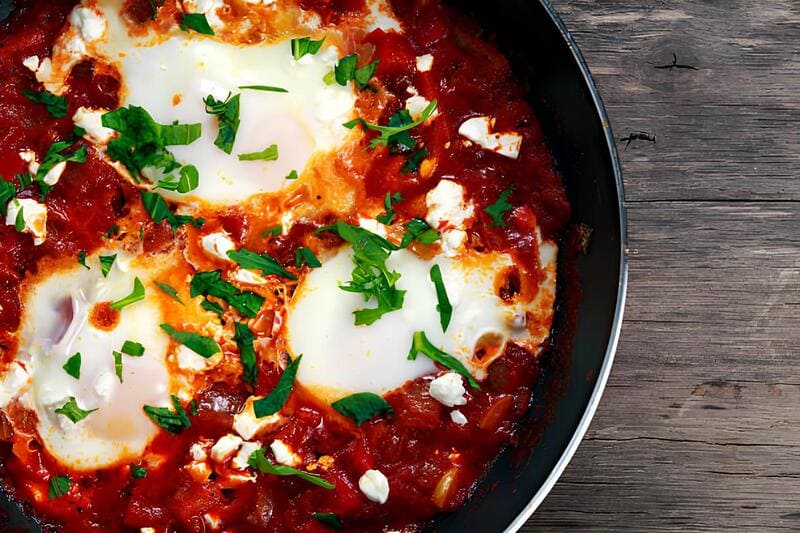
Shakshuka, a beloved dish rooted in North African and Middle Eastern cuisine, has also found its way into Egyptian kitchens, known locally as “Shakshouka” or “Lhasa”. This traditional recipe is perfect for breakfast or brunch, embodying robust flavors and a vibrant, rustic appeal. It’s a medley of rich tomato, hearty spices, and eggs—all brought to a harmonious blend in a single pan.
Renowned for its easy preparation and wholesome ingredients, Shakshuka is often enjoyed with warm bread or pita, making it a comforting and nourishing option. The addition of cheese takes this classic dish to a higher echelon of indulgent satisfaction. Whether you’re exploring its Arabic origin or simply looking to elevate your morning meal, this Shakshuka recipe promises to bring both flavor and tradition to your table.
Ingredients
- 4 medium tomatoes, finely chopped
- 1 large onion, finely chopped
- 4 tablespoons cooking oil or butter
- 4 eggs
- 1 tablespoon tomato paste
- Salt and black pepper to taste
- ½ teaspoon paprika
- ½ teaspoon mixed spices (or your choice of spice blend)
- ½ cup bell pepper, diced (optional)
- 1 tablespoon hot pepper, finely chopped (optional)
- ¼ cup creamy cheese (such as Kiri or Nesto cheese)
- Fresh coriander or parsley for garnish
Preparation
- Heat the oil in a large saucepan over medium heat.
- Add the chopped onion and sauté until lightly golden.
- Stir in the finely chopped tomatoes and cook until they start to soften.
- Add the tomato paste along with salt, black pepper, paprika, and mixed spices. Cook and stir until well combined.
- If using, mix in the bell pepper and hot pepper, cooking for a couple of minutes until they soften.
- Create small wells in the tomato mixture and crack an egg into each well.
- Lower the heat, cover the pan, and cook until the eggs are set to your liking—ensure the eggs are cooked evenly without drying out.
- Once the eggs are almost done, add dollops of creamy cheese around the eggs. Allow the cheese to melt naturally from the residual heat.
- Garnish with fresh coriander or parsley before serving.
Did you know?
Shakshuka, while often recognized as a North African dish, has gained widespread popularity across the Middle East and North Africa, with each region imparting its unique twist. In Egypt, it is synonymous with comfort and simplicity, perfect for any time of day. The dish’s origins are somewhat contested, with Tunisia often being credited for the modern rendition known today.
Shakshuka is also incredibly versatile; you can customize the spiciness by adjusting the type and quantity of peppers used. Additionally, it is known to be a healthy option, as the tomatoes are rich in vitamins and antioxidants, while the eggs and cheese provide an excellent source of protein. For those exploring what to serve with Shakshuka, consider pairing it with warm pita bread, a fresh salad, or even rice.
This dish not only provides a delightful culinary experience but also carries with it a piece of rich cultural heritage, making it more than just food, but a flavorful story of tradition and culinary excellence.

